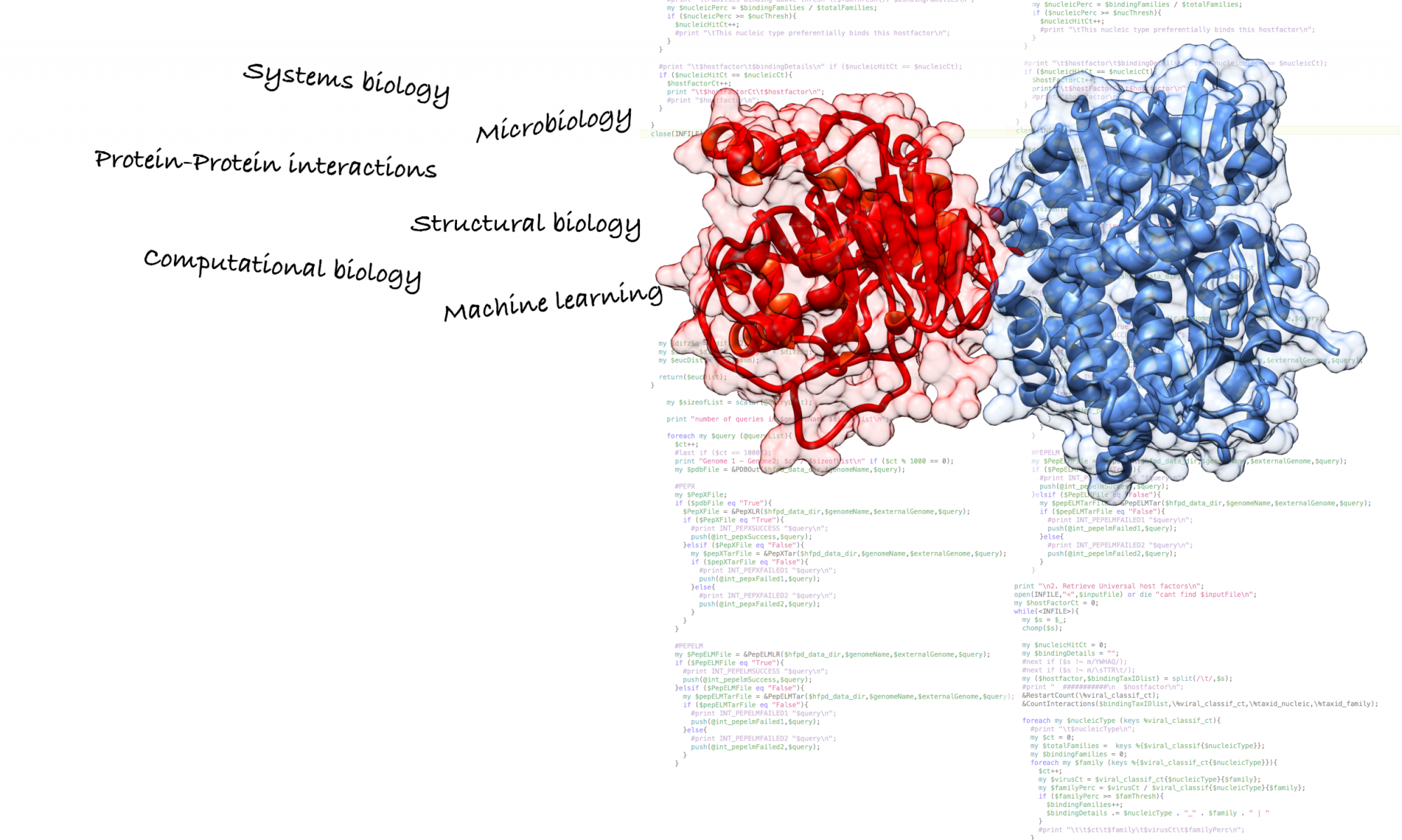To date, five species of ebolavirus are known: Zaire virus, Bundibugyo virus, Sudan virus, Tai Forest virus and Reston virus. Four of these species (all but Reston virus) are known to cause severe disease in human.
In this new article we describe the discovery of a new ebolavirus, named Bombali virus (BOMV), found in free-tailed bats in Sierra Leone. Modeling the interaction between the viral GP1 protein and its receptor in humans (NPC1 protein) suggested that this new virus can indeed bind the human protein; thus, mediating viral entry in human cells. Subsequent experimental analysis confirmed this finding. This however, does not imply that BOMV is pathogenic in humans since we still don’t know if the virus is capable of interacting with the human molecular machinery required to fulfill its life cycle.
This research provides strong evidence that bats serve as hosts for ebolaviruses and highlights the importance of wild life surveillance to evaluate the zoonotic risk of emergent viruses.
Most importantly, this study does not intend to create alarm or incite the retaliatory culling of bats. Bats play an important ecological role as insectivores, pollinators and seed dispersers and killing or disturbing bats does not reduce the risk of transmission. On the contrary, it might enhance the disease transmission by exposing non infected bats.
Additional information
